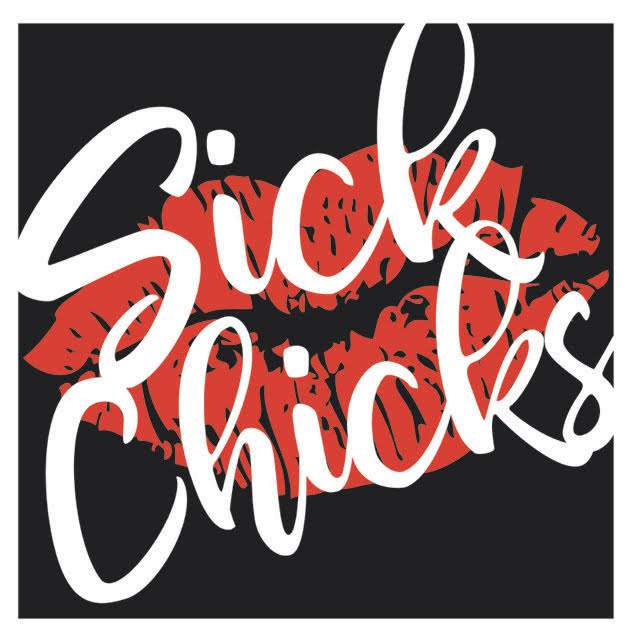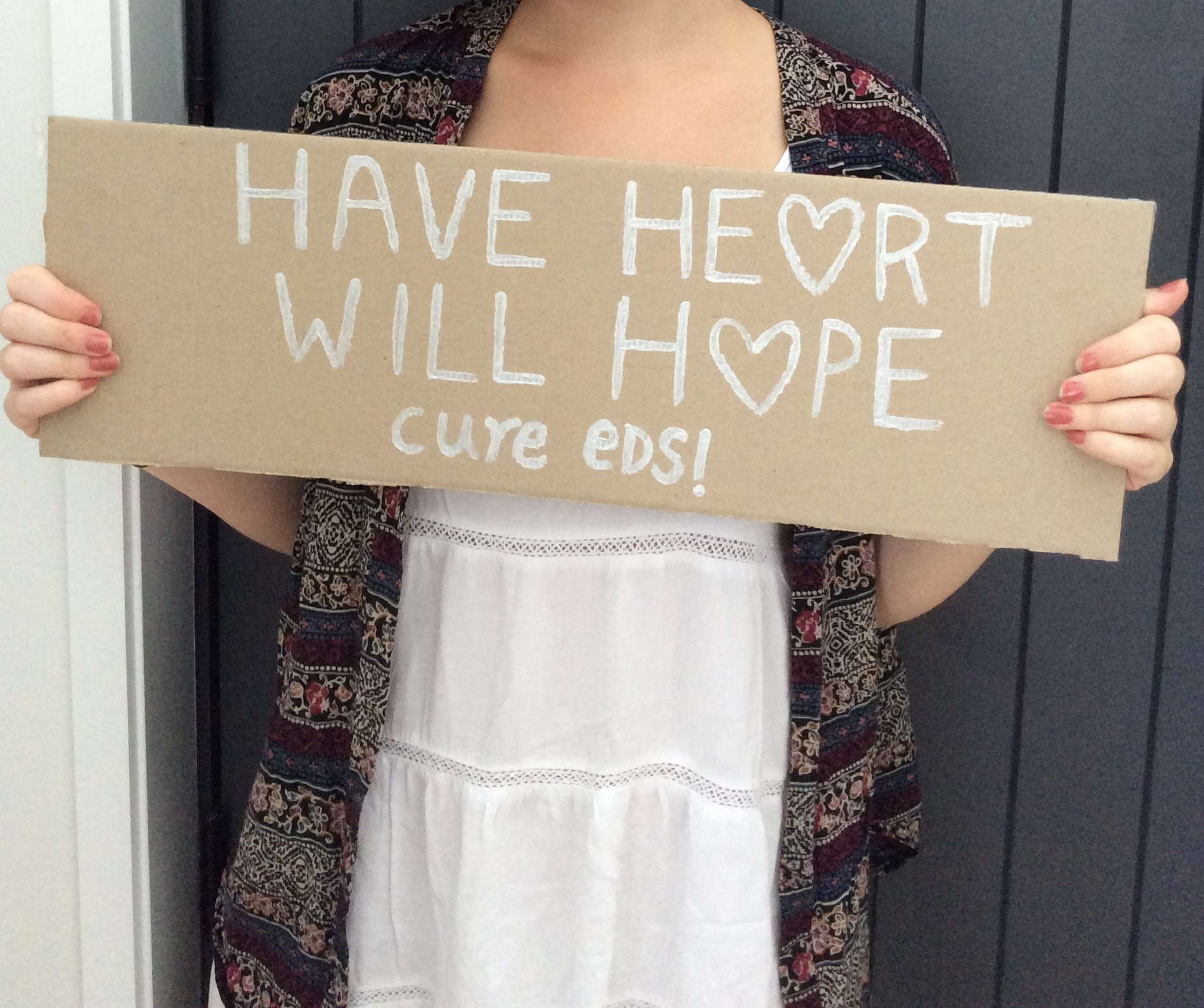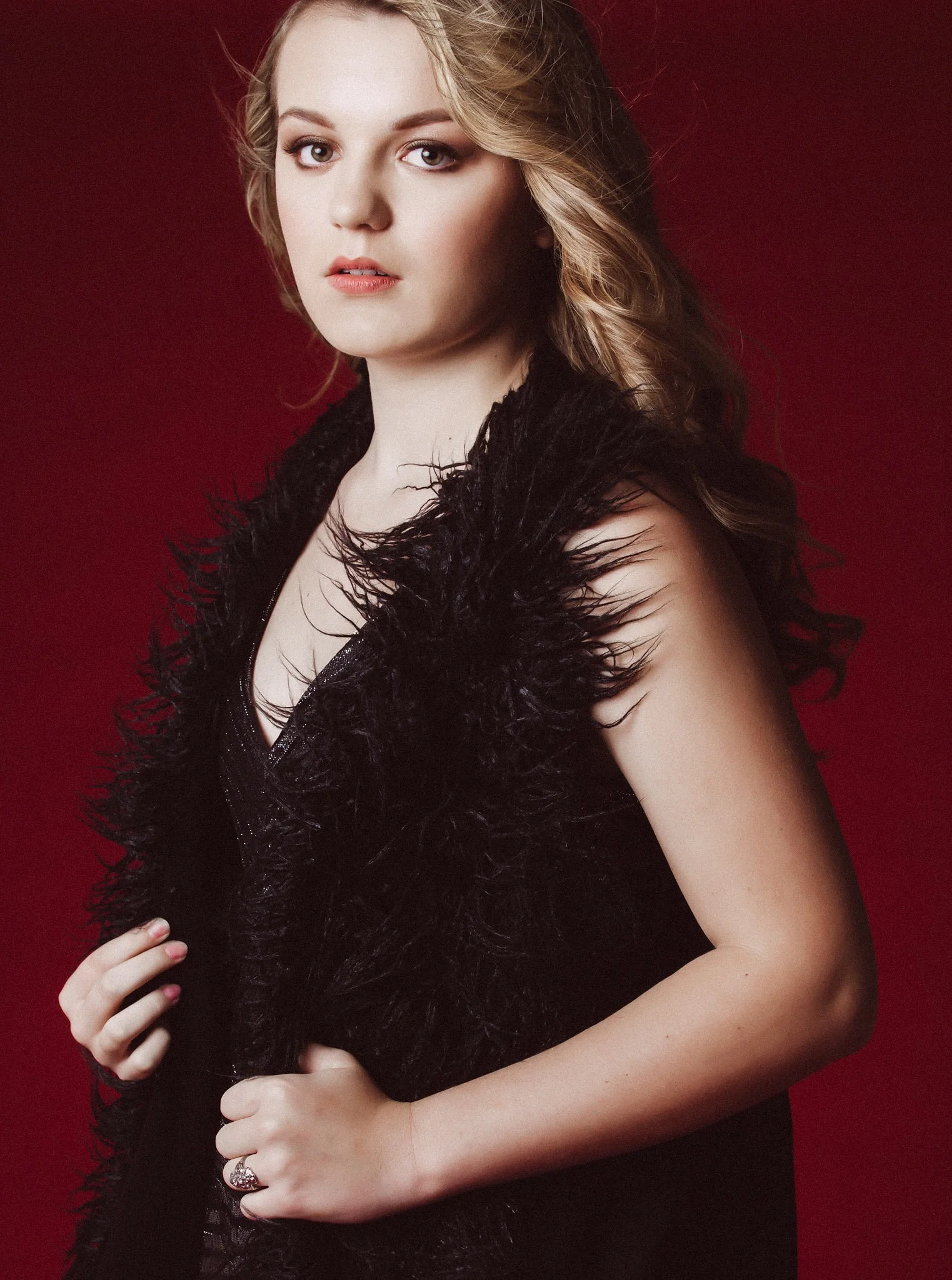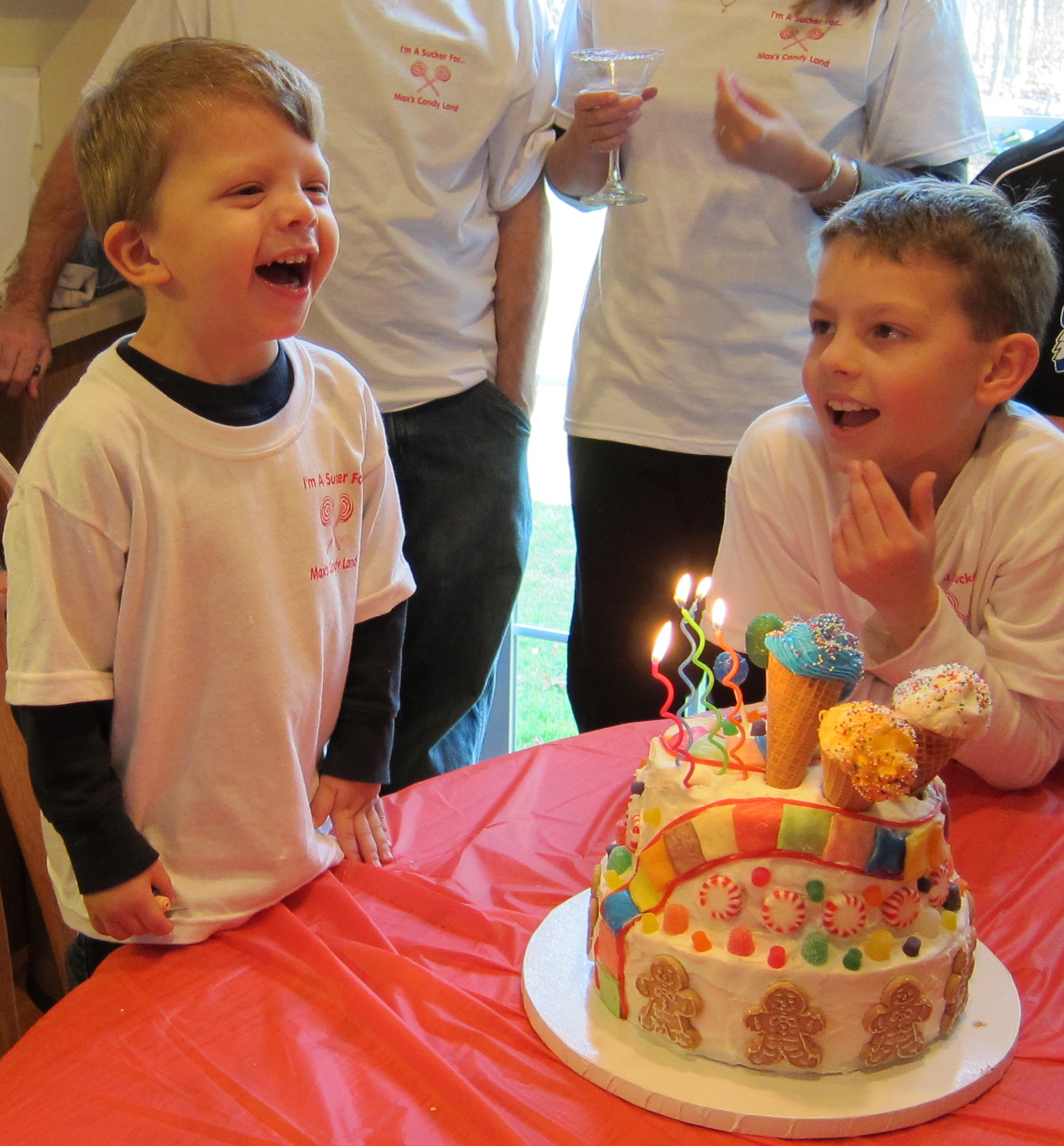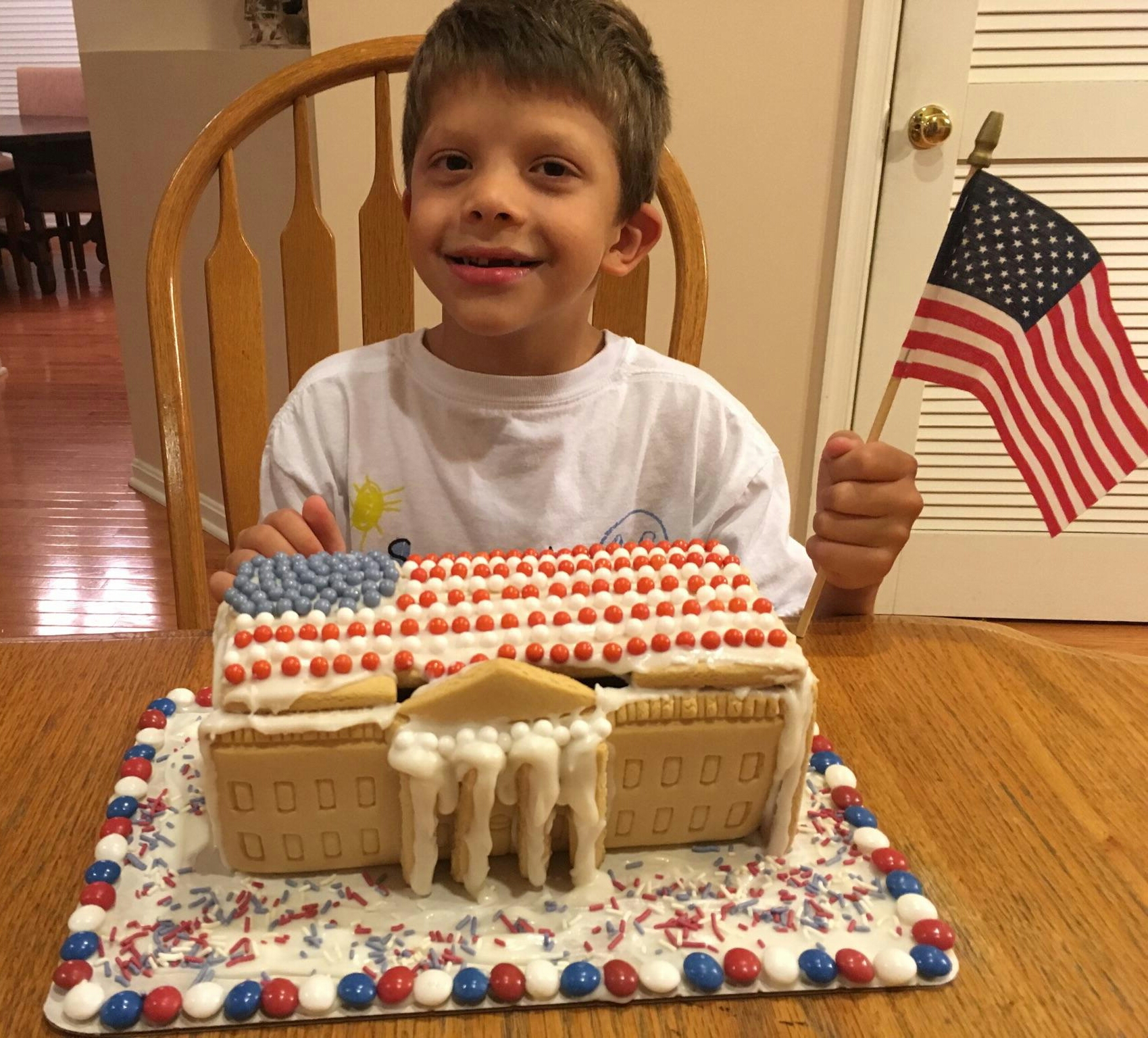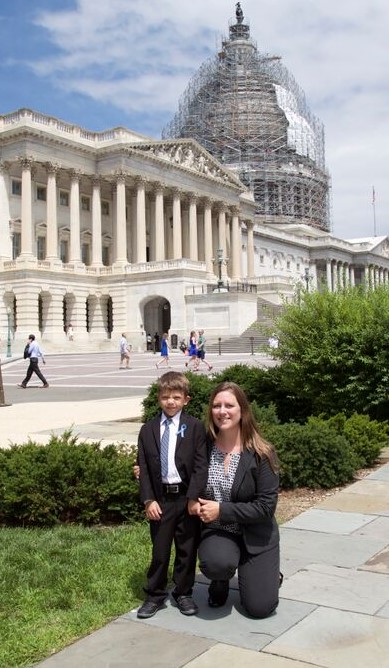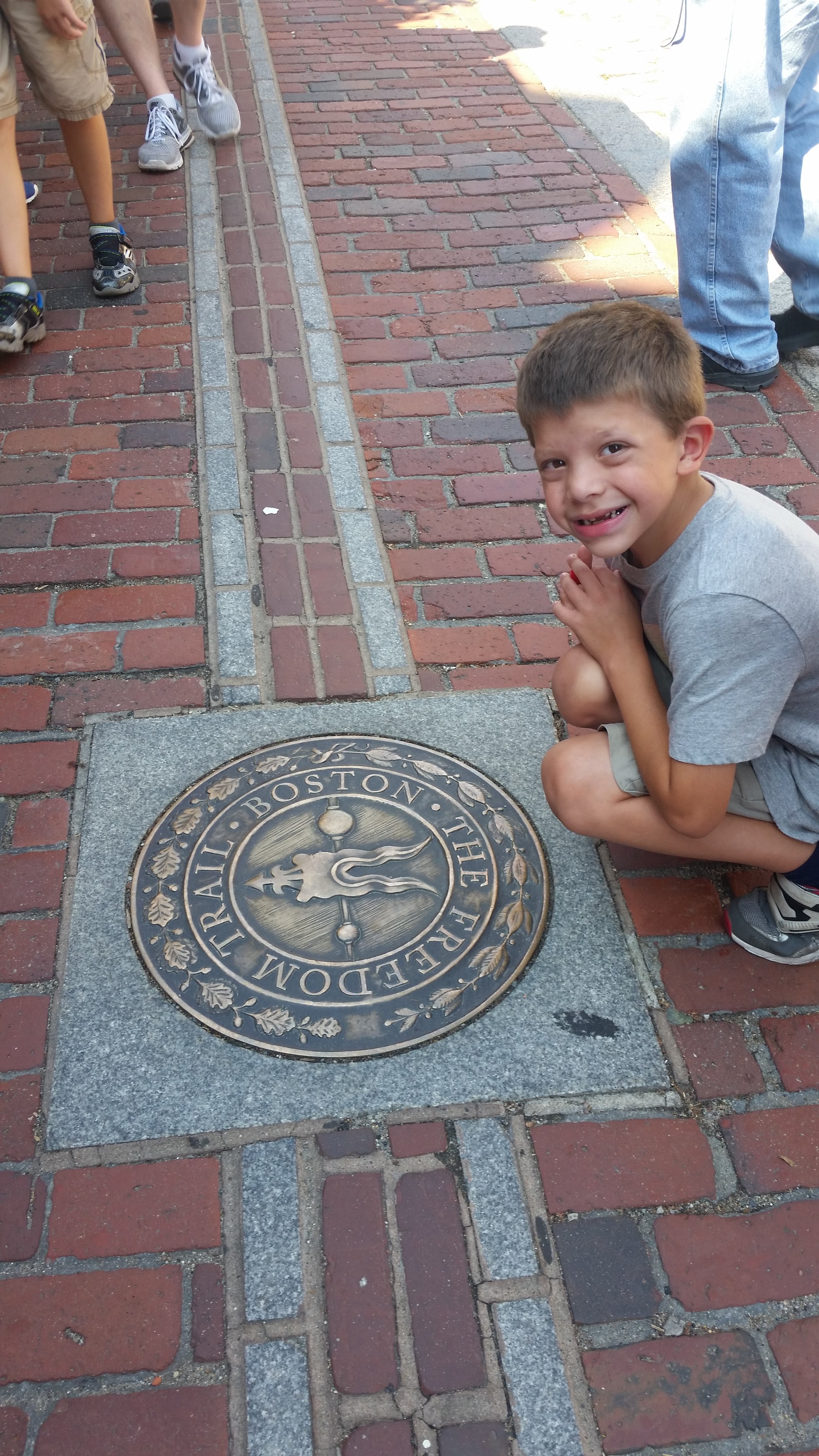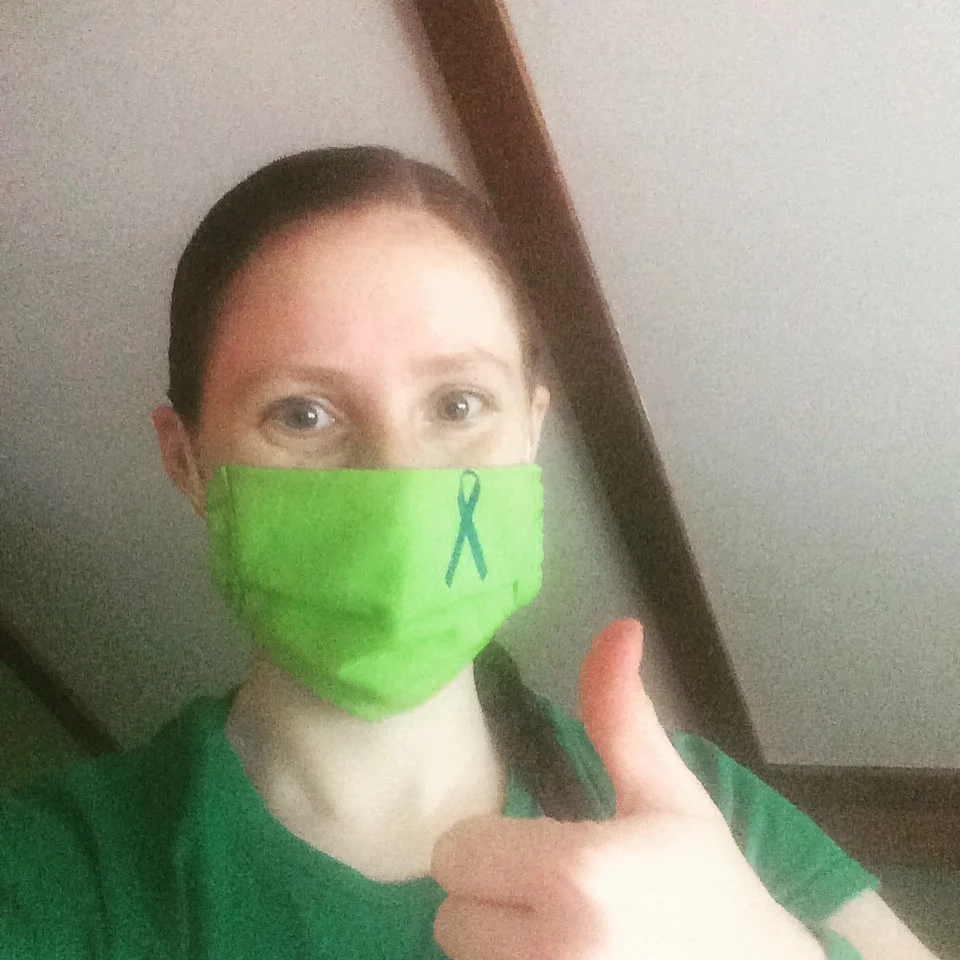This year for feeding tube awareness I have really been reminiscing about the last year. Last year this week I had just had my very first feeding tube placed. I had such mixed emotions about it. I knew I needed it, and I just wanted relief, but at the same time I had no idea what life was going to look like for me with a tube. Would my boyfriend be freaked out? What will my grandparents understand? Will I be stuck at home all the time? How will I have to dress to accommodate it?
I have a G-tube MicKey button. It was supposed to be a GJ tube, but due to breathing complications during placement we had to stop the procedure. But honestly I have been perfectly happy with the G tube so far. For me the tube serves a few purposes. One, it allows me to bypass my esophagus as I am unable to properly swallow foods or meds. They either go into my lungs or just sit in my chest. The other benefit is that I am able to receive a hypoallergenic and easily digestible formula that doesn't trigger the same Mast Cell (allergic) responses that regular foods do and it is easy on my slow digestive motility. It has actually been a huge blessing in my life. I thought that I was going to feel more stuck at home because of it, but if anything I feel more freedom. Now I can feel confident when I go out that I won't have to worry about finding food I can eat or feeling sick. I used to have to skip meals for a whole day if I had plans because the second I would eat I would start to be sick.
We don't know how long I will need the tube. We are doing our best to improve my swallowing and stabilize my allergic responses, but the truth is I don't really know what the future holds for me. We don't even really know if the swallowing issues are due to all of the spinal instability/spinal cord compression I have had, the surgeries I have had to stabilize it, or if its just due to having a floppy throat from EDS. So who knows, this could be my last feeding tube awareness week, or just the beginning. I couldn't tell you. But I can tell you that its been such a powerful thing to be a part of.
Before having my tube placed I barely knew anything about feeding tubes (they aren't exactly something that comes up in a lot of everyday conversations). And turns out Im not the only clueless one, because I have actually had to teach multiple nurses how to use one. I guess that MicKey buttons are especially uncommon, especially in my age group. There really needs to be more awareness around this stuff. Yes, people besides babies and elderly people sometimes need feeding tubes. No, I don't have an eating disorder. And yes, people with feeding tubes can actually live fairly normal lives, it isn't always just an end of life intervention. In fact, for many of us, when asked, we will tell you that it was really more like a beginning to life.
This Spotlight Story was written by Christina Doherty, you can find her YouTube Channel and Etsy shop under the "Our Community" page as Water Color Me Impressed. Instagram: @watercolormeimpressed
